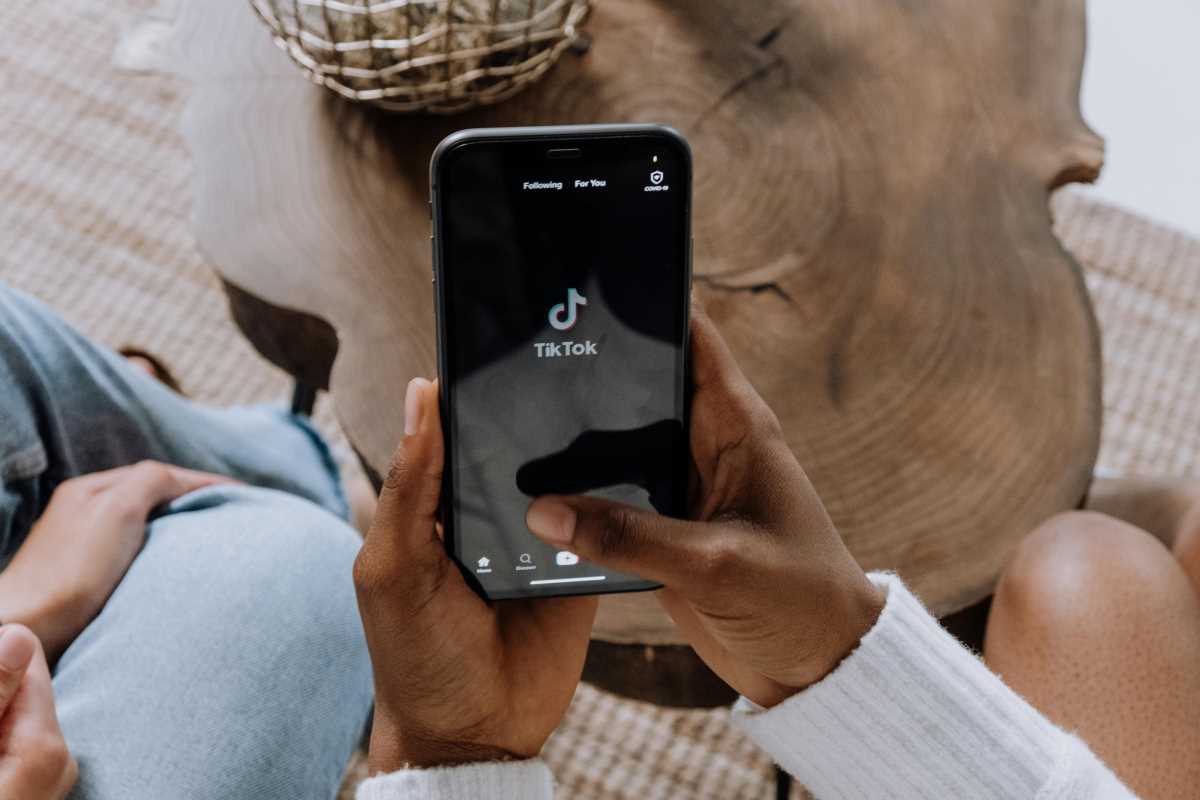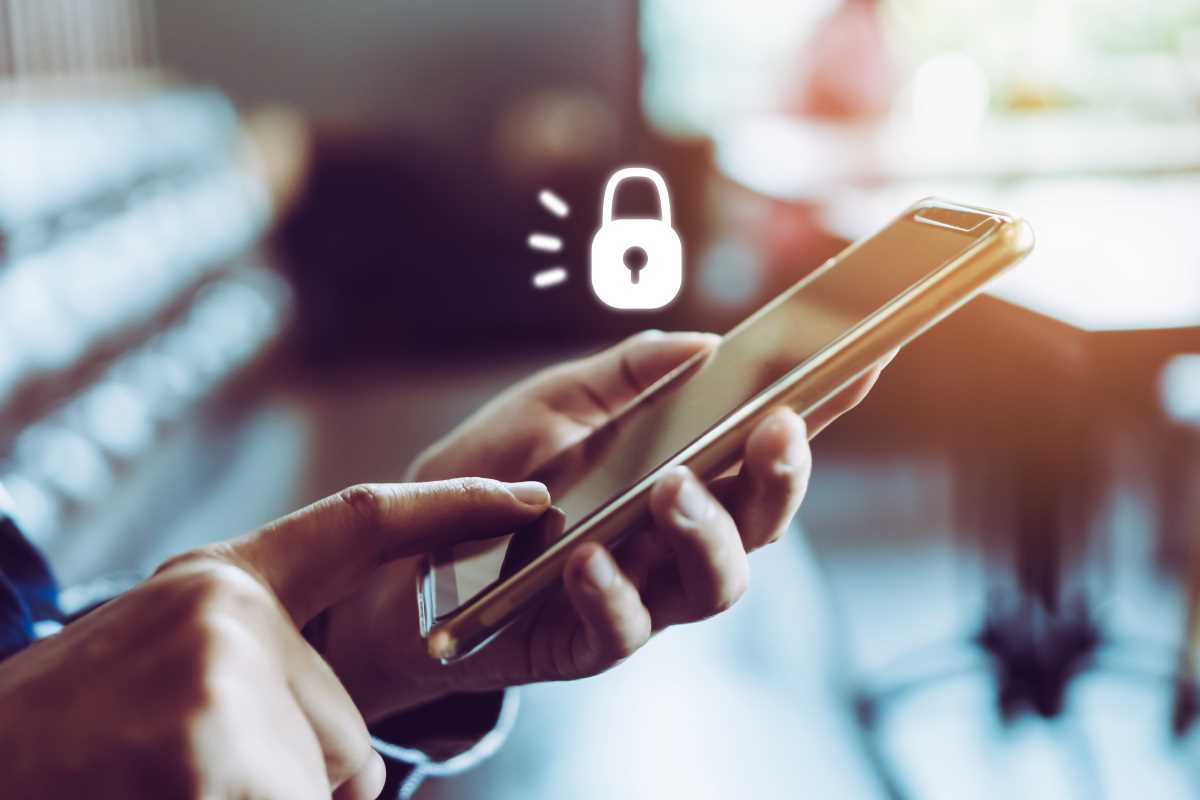Smartphone app permissions can feel confusing for many users. Yet, understanding them is crucial in today’s digital age, where nearly every app we download has access to some part of our personal data. Knowing what app permissions are, how they work, and how to manage them effectively can help protect your privacy and security. This guide will walk you through the essentials of smartphone app permissions and how to take control.
Data Collection and Usage
When you install a new app, you’re often greeted with a pop-up requesting access to various parts of your device. These permissions might include your camera, microphone, contacts, location, or even your text messages. While some of these requests make sense—such as a navigation app needing access to your location—others might seem less obvious.
For instance, why would a flashlight app need access to your contacts? Permissions like these are a red flag. Apps use these permissions not only to perform their intended functions but also to collect data about you. This data might be used to improve the app’s performance, serve personalized ads, or, in some cases, be sold to third-party advertisers.
Before you grant any permissions, take a moment to consider whether the app truly needs the access it’s requesting. If the app’s functionality doesn’t justify the permission, it’s better to deny it.
The Risks of Misuse
One of the most significant concerns with app permissions is the risk of misuse. Even reputable apps can overreach, collecting more data than they need. Worse, some less scrupulous apps intentionally exploit permissions to gather sensitive information about users, which they may sell or share without your explicit consent.
For example, an app with access to your microphone could potentially record conversations without your knowledge. Similarly, an app with location access could track your movements and create a detailed profile of your habits. These risks become even greater when permissions are granted to apps from unknown or untrustworthy developers.
Misused permissions can lead to privacy breaches, identity theft, or data leaks. While these scenarios may sound extreme, they happen more often than you might think. Understanding how permissions work and being vigilant about what you grant can help reduce your exposure to these risks.
Protecting Your Privacy
To protect your privacy, adopt a “least permissions necessary” approach. This means only granting the permissions that are absolutely essential for an app to function as intended. For example:
- A photo editing app may need access to your camera and photo library, but it likely doesn’t need access to your contacts or location.
- A music streaming app might require storage access for offline downloads but shouldn’t need to read your text messages.
By taking the time to evaluate what each permission entails, you can avoid giving unnecessary access to your personal information. This proactive step goes a long way in safeguarding your data.
Regularly Reviewing Permissions
Over time, it’s easy to lose track of the permissions you’ve granted to various apps. Many of us download apps, use them for a while, and then forget about them—even though they may still have access to sensitive information on our devices. Regularly reviewing the permissions granted to your apps is an essential step in maintaining control over your data.
Both Android and iOS devices make it easy to review app permissions. In your settings, you can see a list of all the apps installed on your device and the permissions they’ve been granted. Take a few minutes to go through this list periodically. If you notice that an app has access to information it doesn’t need, revoke the permission.
For example, if a weather app you downloaded months ago still has location access even though you rarely use it, it’s time to turn off that permission. Not only does this protect your privacy, but it also reduces battery drain caused by apps running in the background.
Managing App Permissions
Modern smartphones provide robust tools for managing app permissions. On both Android and iOS devices, you can customize permissions for each app to suit your preferences. Here’s how:
- On Android: Go to Settings > Apps > Select the app > Permissions. From here, you can toggle individual permissions on or off.
- On iOS: Navigate to Settings > Scroll down to the app > Adjust the permissions listed.
This granular control allows you to tailor app access to your needs. For instance, you might allow location access for a rideshare app only while it’s in use, rather than granting it continuous access.
If an app stops working after you revoke a permission, consider whether the app is truly necessary or if you can find an alternative that requires fewer permissions.
The Impact of App Updates
App updates often bring new features, bug fixes, and performance improvements—but they can also introduce new permissions. Developers may request additional access to your device as they roll out updates. Sometimes, these new permissions are necessary for the app’s functionality, but other times, they may seem unnecessary or invasive.
Always review the permissions requested during app updates. If an app suddenly asks for access to your camera or microphone without a clear explanation, it’s worth questioning why. Don’t hesitate to deny the permission and research whether other users have raised concerns about the update.
Staying Informed
In the ever-changing landscape of smartphone technology, staying informed about app permissions is more important than ever. Developers continually innovate, and apps evolve, which means new privacy concerns can arise at any time. To stay ahead, make it a habit to:
- Read app reviews before downloading to see if other users have flagged privacy concerns.
- Research the app developer’s reputation. Established developers with a history of reliable apps are generally safer than unknown ones.
- Stay updated on news about app privacy. Major breaches or problematic permissions often make headlines, providing valuable information about what to avoid.
The Bottom Line
Smartphone app permissions don’t have to be a mystery. By understanding what they are, why they matter, and how to manage them, you can take control of your privacy in the digital age. From reviewing permissions before granting access to regularly auditing the apps on your device, small steps can make a big difference in protecting your data.
With a thoughtful approach to app permissions, you can enjoy the convenience of modern technology without sacrificing your security or peace of mind.







